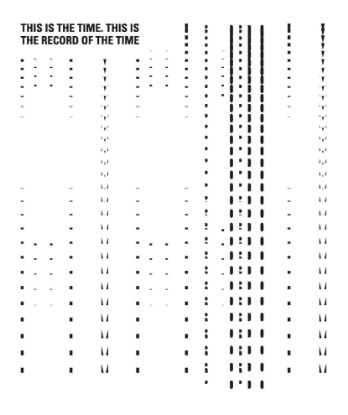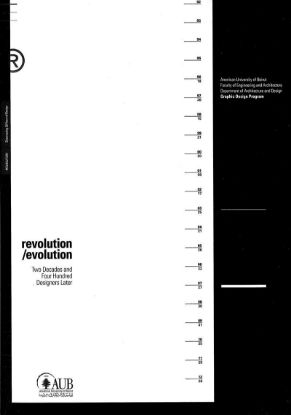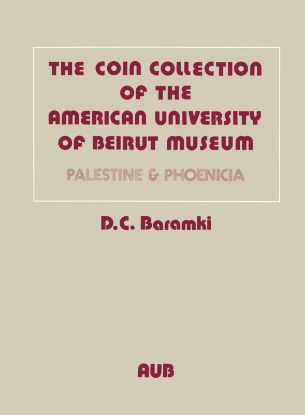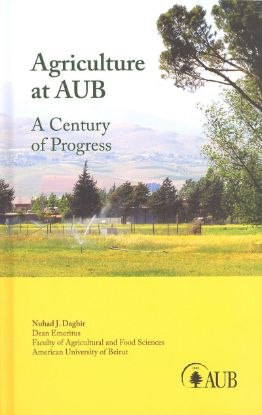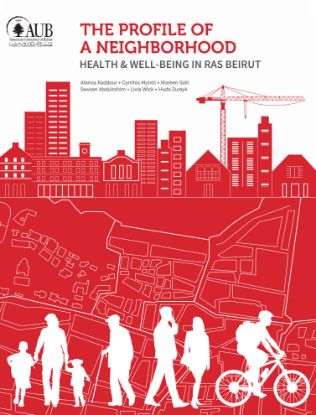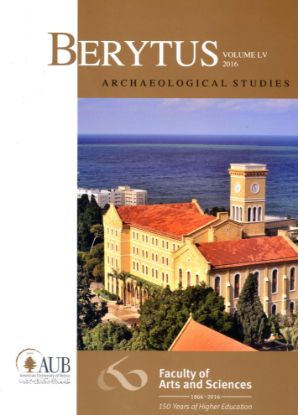Filter by price
Products tagged with 'aub'
This is the Time. This is the Record of the Time
This Is the Time. This Is the Record of the Time is a hybrid anthology of commissioned art and written works on the subject of capturing time and temporality, representing a collaboration between the American University of Beirut Art Galleries and the Stedelijk Museum in Amsterdam. There is a common perception that time is accelerating. The need to pause, slow down, and regain ground has become a necessity, to grasp our “Runaway World," as Anthony Giddens aptly terms it. Critically evaluating this precious commodity, time, with thoughts grounded philosophically, historically, and in terms of media theory allows for a more in-depth discussion on the perception of time and how the act of recording it affects its perception and treatment. The experience of time is mediated by the technologies that record it. Quoting the introduction, “Thinking about Time: Proposition" by one of the editors, Angela Harutyunyan (p. 23), the book proposes “that to think time and to experience the time of thinking makes oneself out of joint with time or, rather, with the notions of temporality that dominate our epoch."
$30.00
Revolution/Evolution: Two Decades and Four Hundred Designers Later
In commemoration of the first 20 years of the Graphic Design Program at the American University of Beirut, this book profiles the professional work of many of its graduates, whose pursuit of excellence in design has transformed the face of the region.
$65.00
The Coin Collection of the American University of Beirut Museum: Palestine and Phoenicia
A selection of 2,200 coins from the total collection of 11,000 coins at the AUB Archaeological Museum is thoroughly catalogued here following the classification system of the British Museum, with photographs and thirty-two plates. The coins are indexed both by emperor and by type.
$20.00
Agriculture at AUB: A Century of Progress
In this informative book, Dean Daghir presents a well-documented history of agricultural education at AUB from the early part of the twentieth century to the current day. This account is preceded by an introductory chapter on the history of agriculture in the Levant, widely considered to be one of the areas where human beings first transformed from hunter-gatherers to farmers. This book is a rich testimony to the contributions of the Faculty of Agricultural and Food Sciences (FAFS) and its graduates toward development in the Middle East region. The book will be of interest not only to former and current FAFS students, faculty, and staff members, but also to all those interested in AUB and its growth over the years.
$32.00
The Profile of a Neighborhood: Health & Well-Being in Ras Beirut
The Profile of a Neighborhood presents an overview of the findings of the Ras Beirut Well-Being Survey, conducted in 2009–2010 by members of AUB's Faculty of Health Sciences. It represents the efforts of a multidisciplinary team drawn from across the American University of Beirut, and provides the first systematic portrait of Ras Beirut in the last forty years. The survey's goal was to provide up-to-date sociological, demographic, and health information about neighborhood residents, a valuable snapshot of life in Ras Beirut shortly before the conflict in Syria brought an influx of Syrian citizens to the neighborhood. The book presents a wide variety of statistical details about the residents of Ras Beirut, including marital status, nationality, household structure, religiosity, income and household wealth, education, and quality of life. Its findings suggest that even in Ras Beirut, which is considered an affluent neighborhood of which AUB is a part, it is possible to find extremes existing side by side—wealth and poverty, social and economic inequality, and the corresponding effects on well-being.
$12.00
Berytus Volume LV / 2016
Berytus is an international peer-reviewed journal devoted to the archaeological and ethnoarchaeological studies on Syria and Lebanon from prehistoric to Islamic times, but will also publish articles on neighbouring regions and in related fields. Berytus Archaeological Studies volumes 55 and 56 celebrate the year 2016 marking the 150th anniversary of the Faculty of Arts and Sciences of the American University of Beirut. This volume is the companion of volume 56 which appeared in the same year.
$30.00

